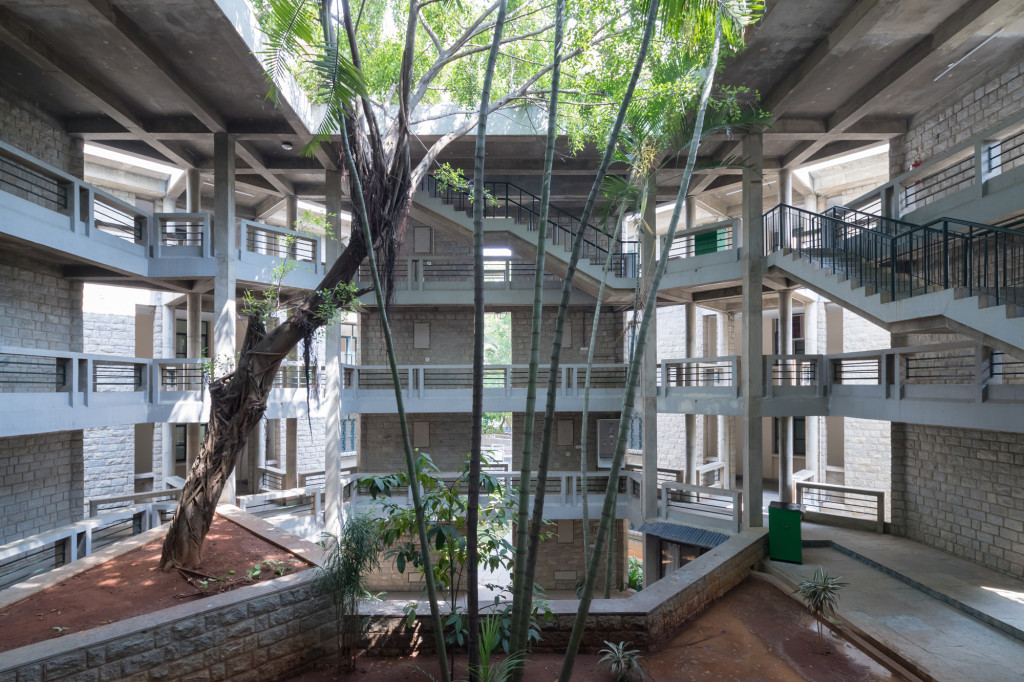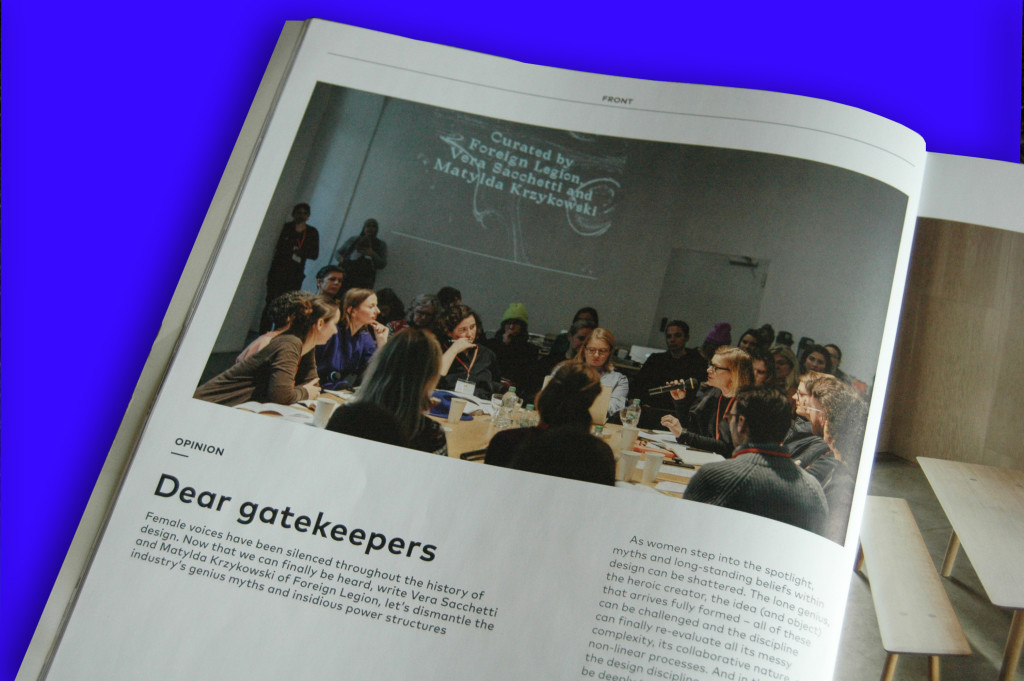
Balkrishna Doshi, Indian Institute of Management, Bangalore, 1977, 1992 © Iwan Baan 2018
The excellent Balkrishna Doshi: Architecture for the People exhibition currently on display at the Vitra Design Museum offers a welcome and different take on what usually constitutes an architecture exhibition in our day and age. It is, in more than one sense, a breath of fresh air, and I was happy to review it for the June 2019 issue of Icon magazine – an excerpt can be found below. Thank you to Priya Khanchandani for the invitation!
Doshi’s architecture shows an urgency to address concerns that are more relevant than ever today, most notably his understanding of social spaces, of the necessity to create moments for encounters and conviviality. His most powerfully idealistic work – created in the early 1970s, a time of social and political transformation – manifests its utopian values in spaces that are inspiring and transformative. Faced with the impossible task of transporting visitors from Vitra’s museum on the German-Swiss border to these freewheeling triumphs of spirit, the exhibition nevertheless makes us dream.
